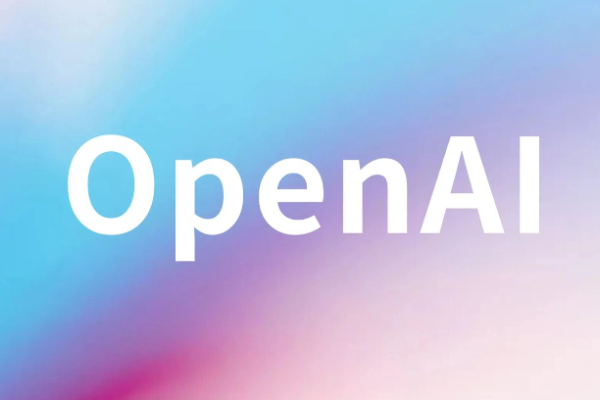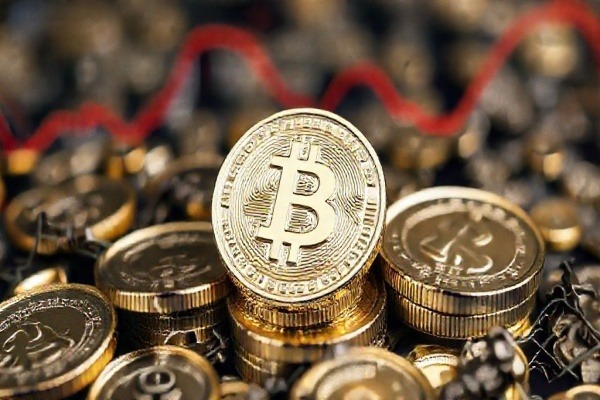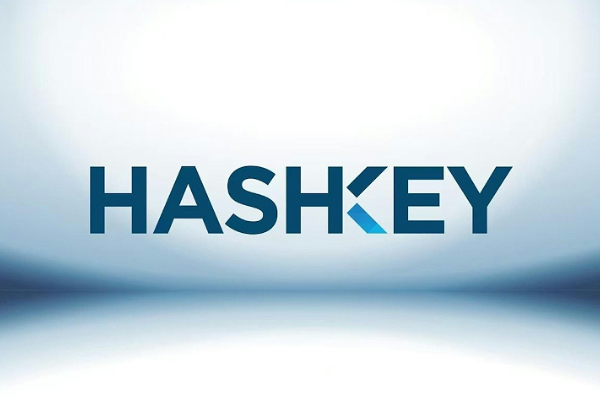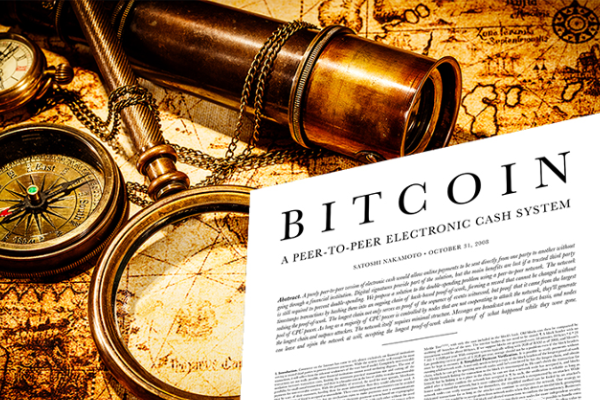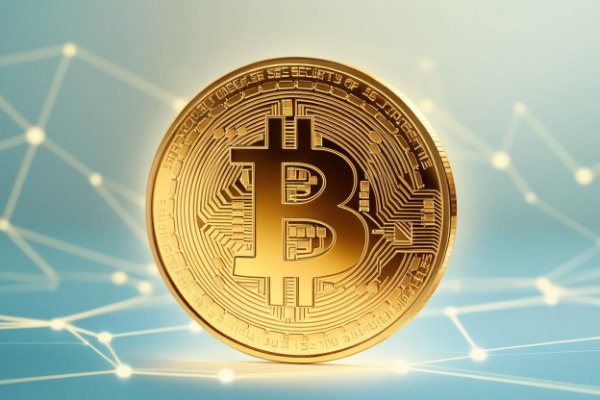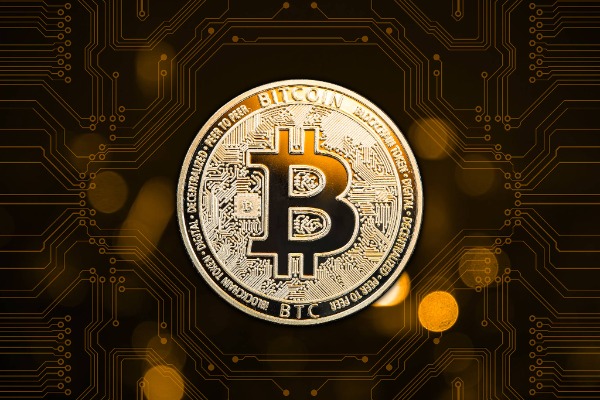How does blockchain work? How can funds be sent and received via blockchain?
How blockchain works: Imagine a chain that might be used for a ship's anchor. But in this case, each link of the chain contains a wealth of information about transaction data. At the top of the chain, you can see what happened today, and as you move down the chain, you'll see older and older transactions. What if you could follow the chain all the way to the anchor at the bottom of the harbor? You'd see every transaction in the history of that cryptocurrency. This gives blockchain a powerful security advantage: it's a public, transparent record of the cryptocurrency's entire history. If someone tries to manipulate a transaction, it causes the link to break, and the entire network sees what happened. That's blockchain in a nutshell.
Another way people often describe blockchain is that it's a ledger (you'll sometimes hear the terms "distributed ledger" or "immutable ledger"), similar to a bank's balance sheet. Just like a bank's ledger, a blockchain tracks all the money that flows in, out, and through the network.
But unlike a bank's ledger, a cryptocurrency blockchain isn't maintained by any one person or organization (including banks and governments). In fact, it's not centralized at all. Instead, it's maintained by a large network of peer-to-peer computers running open source software. The network is constantly checking and ensuring the accuracy of the blockchain.
Where do new cryptocurrencies come from? Every once in a while (in the case of Bitcoin, about every ten minutes), a large amount of new transaction information (or new blocks) is added to the existing chain of information. In order for participants to contribute their computing power to maintain the blockchain, the network rewards participants with small amounts of digital currency.
The cryptocurrency blockchain is distributed throughout the entire network of digital currencies. No company, country, or third party has control over it; anyone can participate.
The network is constantly checking and ensuring the accuracy of the blockchain.
How to send and receive funds through the blockchain: The cryptocurrency network assigns each user a unique "address" that consists of a private key and a public key. Anyone can send you funds through the public key, which is similar to an email address. When you want to spend money, you use the private key (basically a password) to digitally sign the transaction. One way to manage cryptocurrency is to use software called a wallet, which you can get through exchanges like Coinbase.


